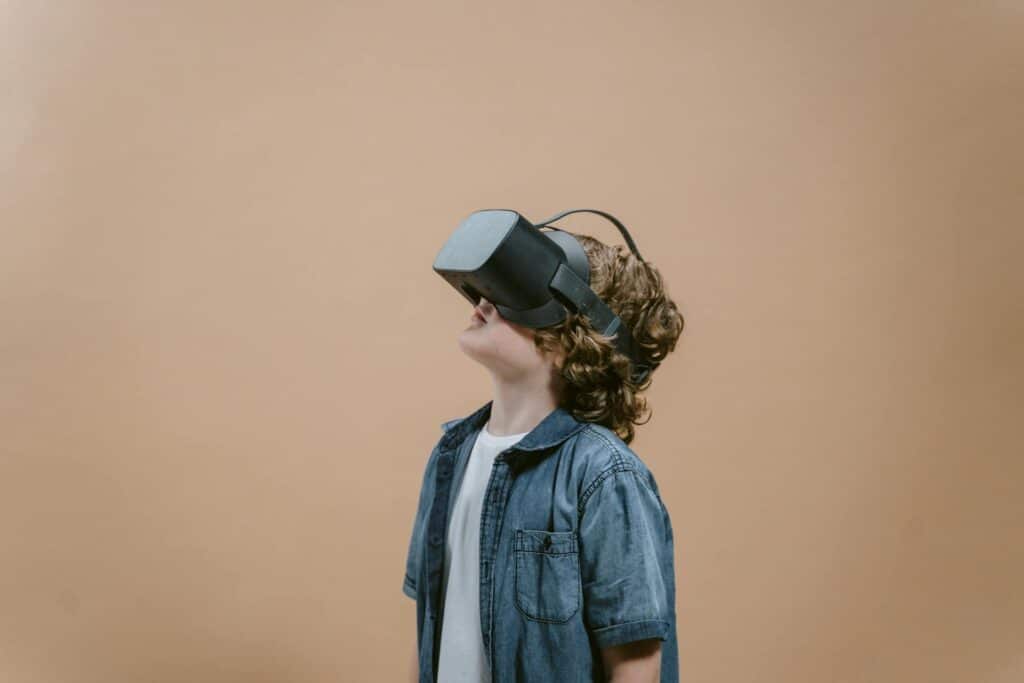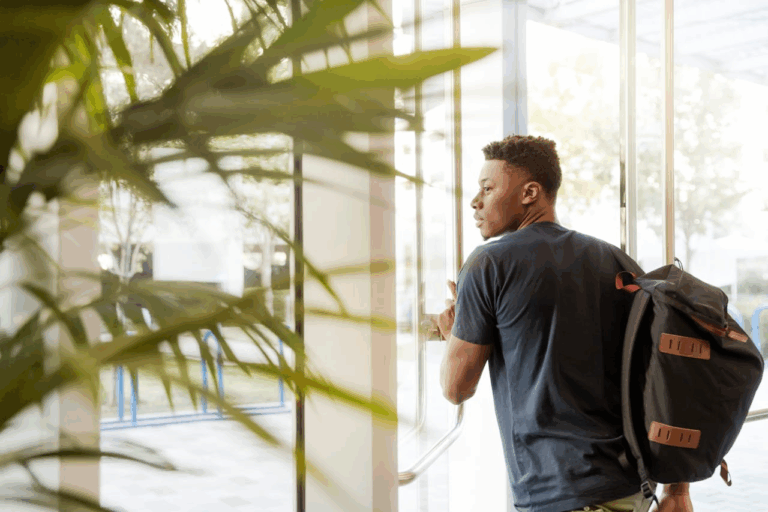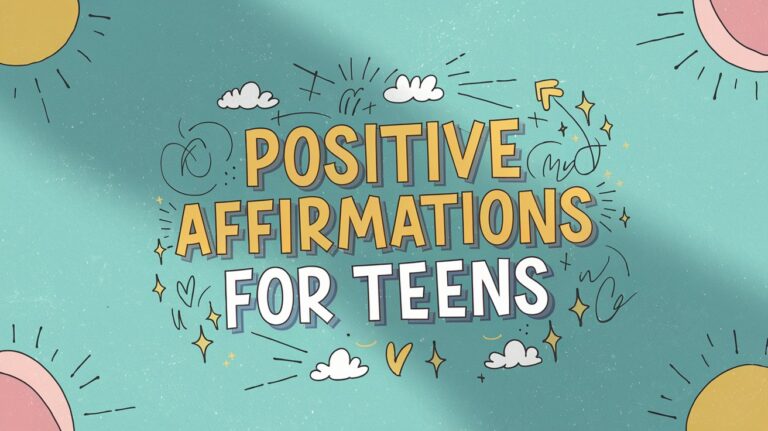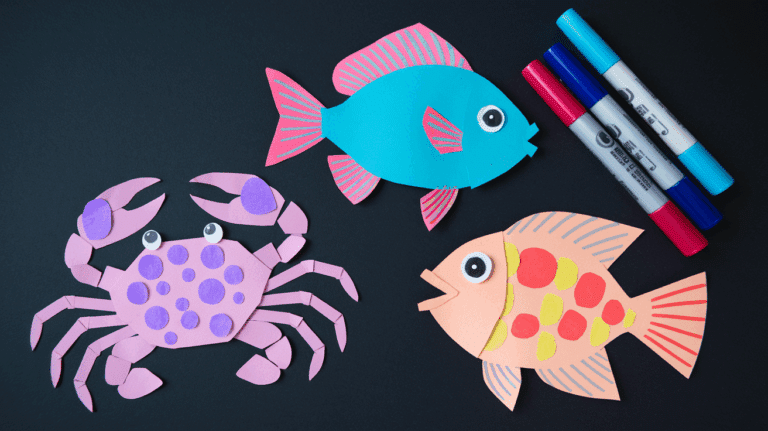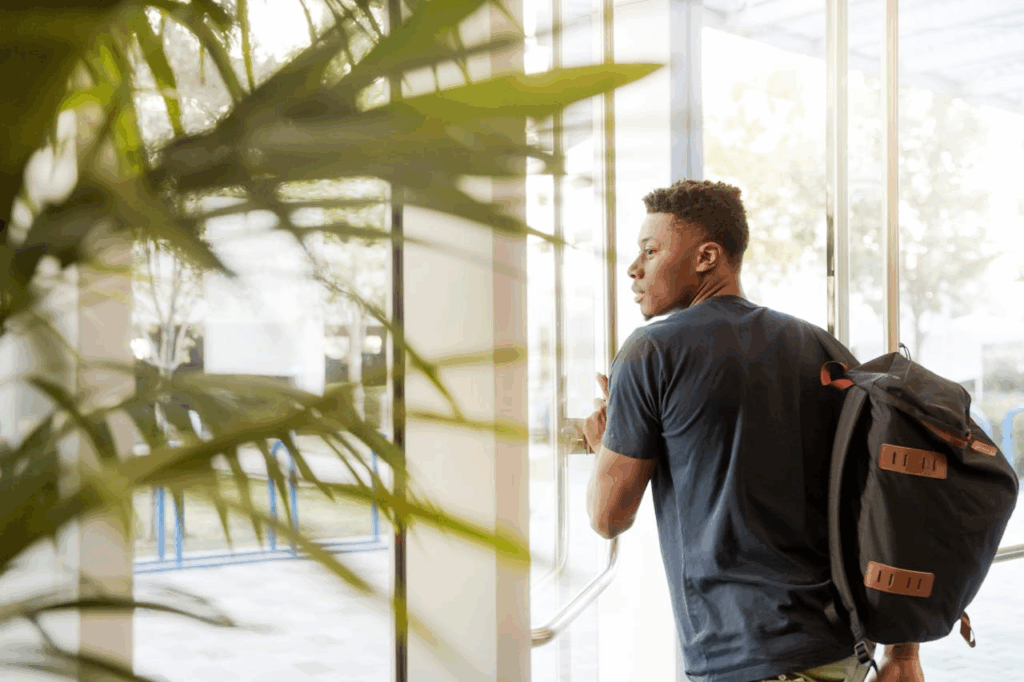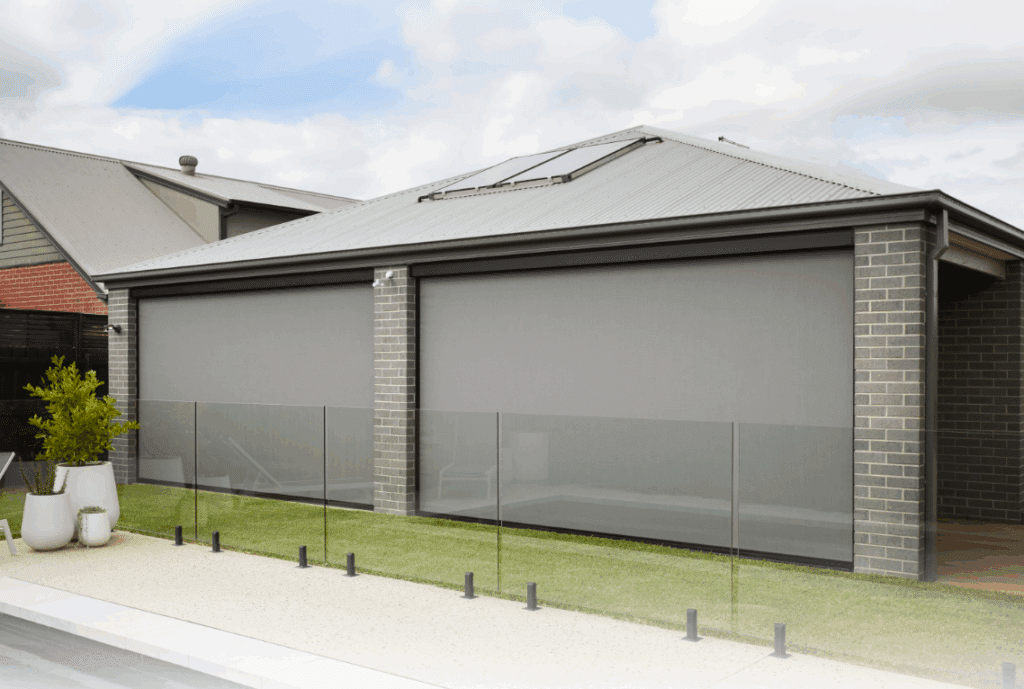Science is part of our lives and all around us, which means science education is a necessity.
For that reason, practical science, from small particles to the vast universe, as part of education, is truly important for all scholars.
Experimenting as part of a scientific study enhances a student’s critical thinking skills as well as their ability to remember concepts and comprehend the principles.
Over the years, teachers have made use of traditional labs at schools for students to experiment and observe scientific demonstrations.
Because of the digital environment’s growth, we are witnessing the rise of virtual labs and virtual reality, which have enabled students to experiment by simply using VR headsets, tablets, and computers.
Virtual reality in education has become part of normal schooling and studies, but the latest trend has expanded this way of educating into science labs.
Schools can expand and experience new possibilities in teaching students in the classroom with virtual reality in education.
What Are Traditional and Virtual Science Labs?
When we think of a science lab, it’s probably the traditional ones with glass beakers, Bunsen burners, and microscopes.
We can imagine the students working in groups, experimenting with chemicals, cringingly dissecting some insect or amphibian, or observing characteristics of plants.
On the other side of the spectrum, there are the virtual science labs that completely take place digitally.
Simulation can easily be used by students through computers, VR headsets, or tablets for conducting virtual experiments.
Through virtual reality (VR), real lab interactions are mimicked with guided instructions, 3D animations, and interactive elements.
Futuclass is a good example of a company that leads the way in virtual lab technology.
Their virtual science labs are designed to match school standards and give students an immersive learning experience.
Pros of Traditional Science Labs
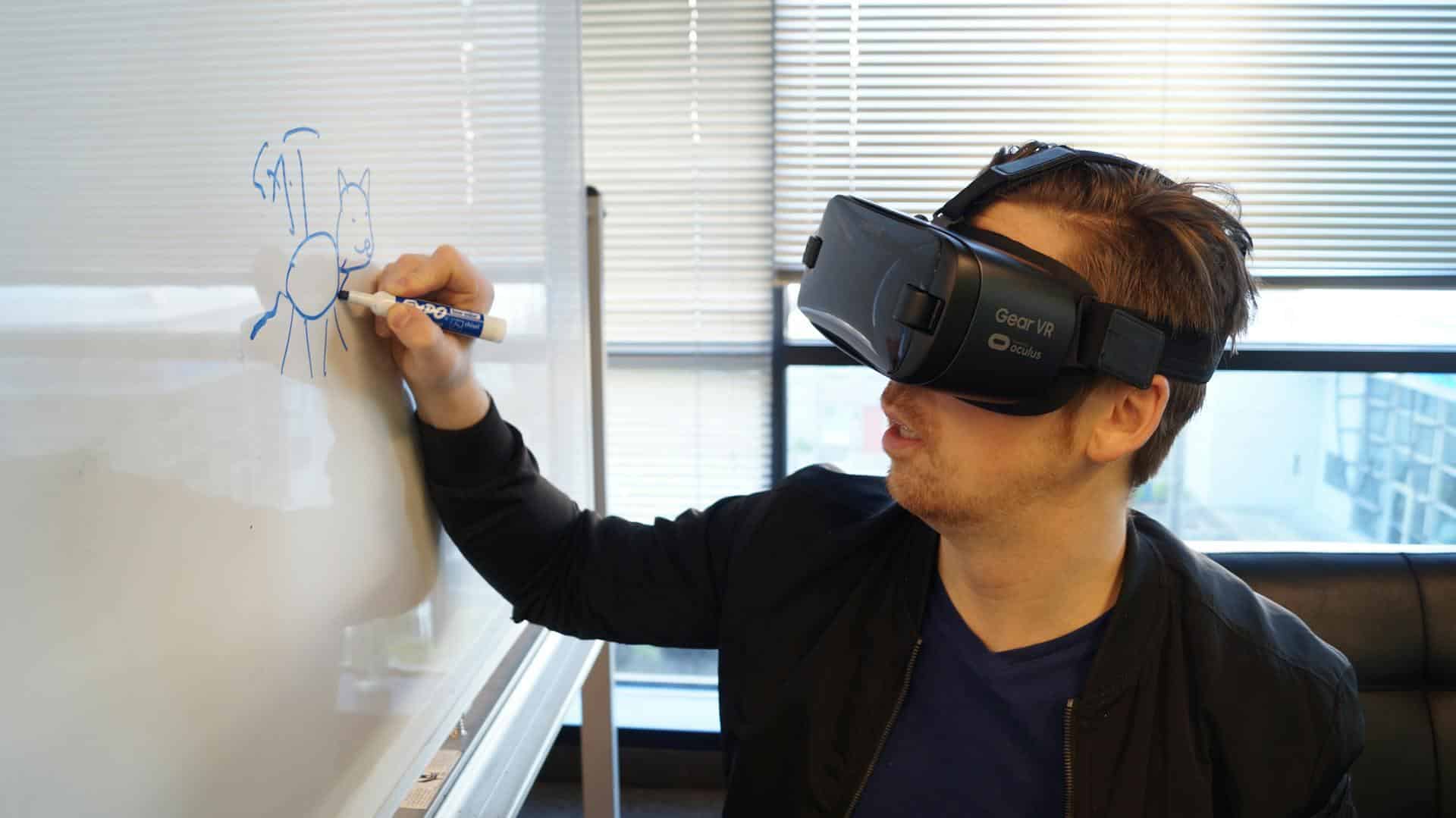
Traditional labs remain a valuable part of science education for many reasons. Here are some of their top benefits:
Physical Interaction
In a physical lab, students are able to handle the substances, chemicals, and tools directly, strengthening the memory of concepts in learners’ minds.
Teamwork and Communication
When working in groups, or sometimes pairs, students learn from one another and share the process of real-world science.
Real-World Lab Practice
A real lab teaches students to follow procedures, for example, making detailed notes and measuring accurately etc.
Practical Safety Skills
Students are made aware of safety precautions, like using equipment correctly, cleaning up spills, and handling certain chemicals in a safe way.
Cons of Traditional Science Labs
Traditional labs have some obvious limitations, for example:
Safety Risks
Sometimes students behave like, well, students, and there is always the risk of injury, even if students are closely monitored, accidents can happen.
High Costs
Apart from the fact that science equipment is expensive, chemicals need to be restocked and maintained, which can be a costly exercise for schools.
Limited Time and Repetition
Students don’t often get the opportunity to experiment by trial and error because of costs and limited time.
Inaccessibility
Many schools can not afford a science lab or the equipment for it, especially in rural areas or where schools are underfunded.
Pros of Virtual Labs
The good news is, schools now have exciting yet affordable options available to them, namely, virtual labs! This is exciting for many different reasons:
Safe Learning
The element of safety risks is eliminated with the use of virtual labs. Exploring physics or chemical reactions is now possible without breaking an item, spilling chemicals, or other risks.
Lower Costs
The need to buy or replace chemicals or broken tools is a thing of the past when acquiring a virtual lab program, which can be used over and over again without extra costs.
Immersive and Interactive
Learning becomes more engaging with virtual labs that include interactive tasks, 3D models, and animations.
The VR tools from Futuclass help students to feel as if they are in a real lab and are able to fully immerse themselves in the process.
Flexibility and Accessibility
These virtual labs can be accessed by students at school or home, depending on what is needed, be it a hybrid classroom or full-on remote learning.
Visualizing the Invisible
When it comes to chemistry and physics, the processes often come about at microscopic or atomic levels, making visualization through VR more exciting.
Virtual labs are great at showing these “invisible” events.
Check out the physics lab VR tools of how these concepts can come to life.
Cons of Virtual Labs
Despite the advantages, virtual labs aren’t perfect. Here are some of their limitations:
No Physical Feedback
Indeed, a virtual lab is not able to give the same feeling as when you hold a test tube in your hand or look into a microscope, and it might affect a student’s experience.
Technology Requirements
Technology like VR headsets, tablets, or computers is needed when introducing students to virtual labs, and not all schools have access to these resources or the internet.
Limited Real-World Experience
Simulations don’t always show students the detailed work involved in an actual lab, for example, using forceps, needing a steady hand, or how to handle a specific type of spill.
Learning Curve
Learning how to use the software and devices associated with using VR has to be acquired by both scholars and teachers through proper training.
Blended Learning: The Best of Both Worlds
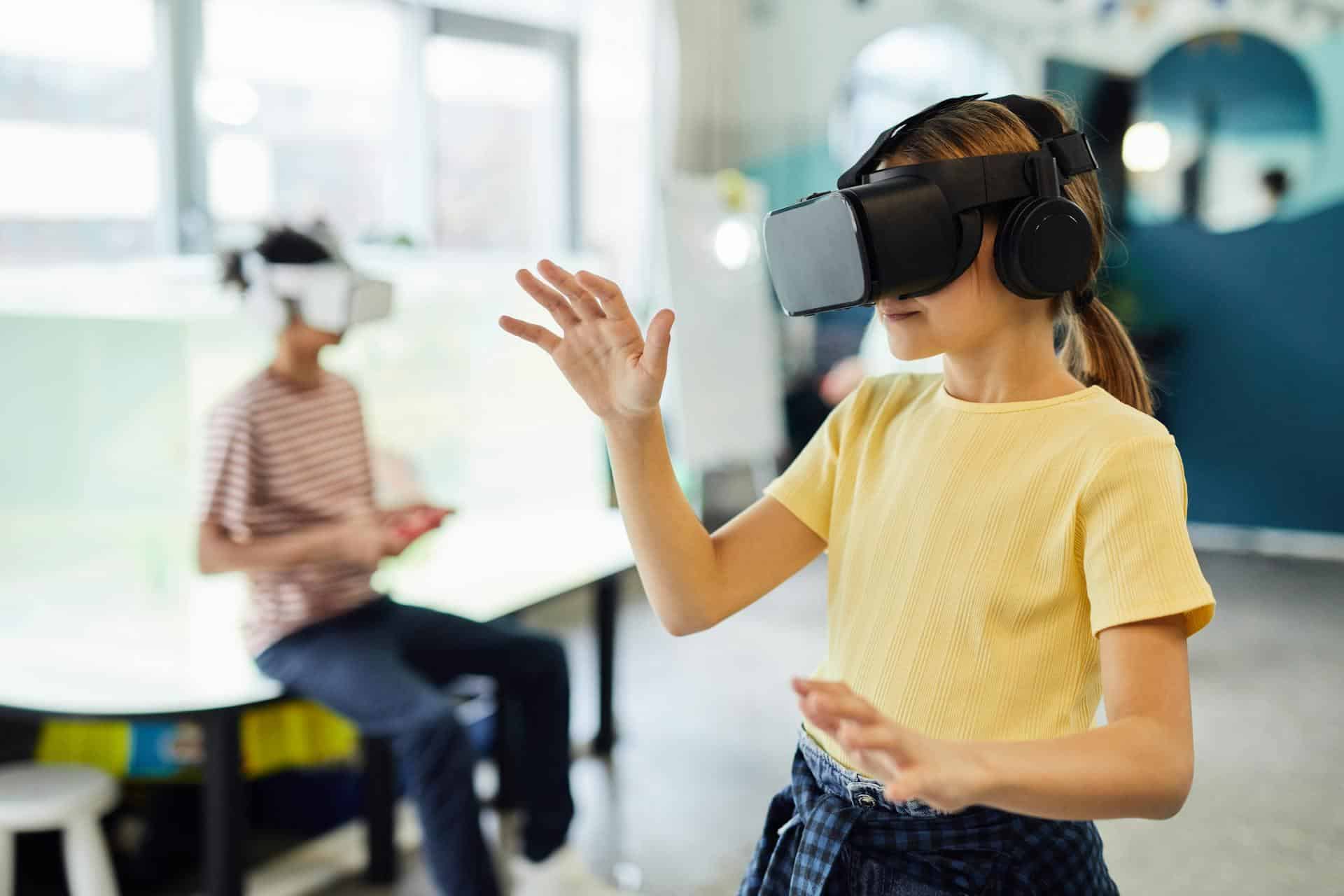
Many schools opt for using both types of labs, calling it blended learning, giving students the added experience.
Where virtual labs are great for introducing concepts, or for practicing procedures before actually doing it, traditional labs teach them the reality of the process.
Futuclass’s science simulations have been designed to supplement what students learn in the classroom.
Conclusion
Education is in the process of changing, and both virtual and traditional lab science can be implemented for teaching.
It is both expensive and risky to give students a traditional lab experience, but it gives them critical safety skills and physical interaction.
Whereas virtual labs are more accessible to most students, cost-effective, safe, and immersive, even if they lack hands-on training.
A good option is to make use of both traditional and virtual labs for a well-rounded learning experience and scientific foundation.
Consider exploring digital platforms like Futuclass that bring science to life!


